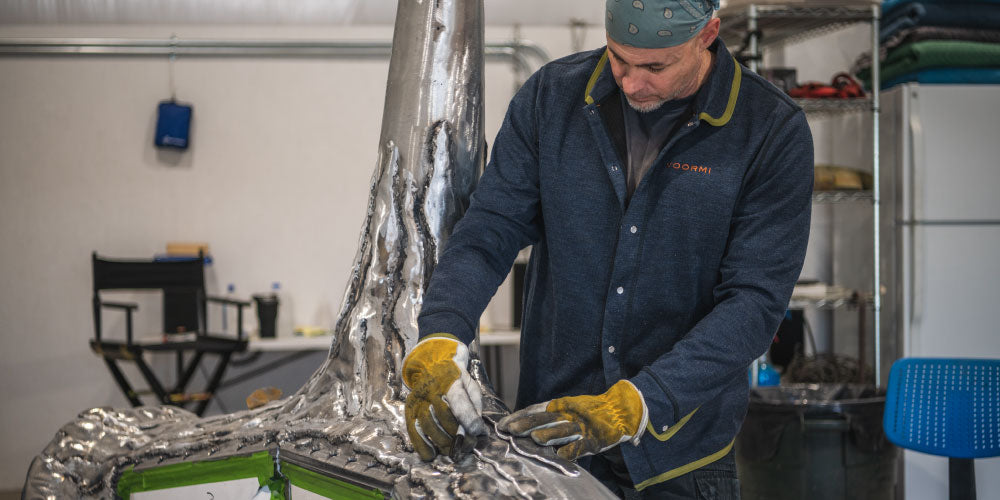Hydration is often considered the first line of defense against heat-related stress. While staying hydrated is undeniably crucial, it is not always sufficient to prevent the harmful effects of thermal stress. Thermal stress, the physiological strain caused by the body’s effort to regulate temperature, accelerates dehydration and can exacerbate its consequences. For workers in hot environments or individuals engaged in intense exercise/work, monitoring thermal stress in conjunction with hydration strategies is vital for maintaining health and performance.
How Thermal Stress and Dehydration Are Connected
Thermal stress increases the body’s core temperature, activating mechanisms like sweating and increased blood flow to the skin to dissipate heat. While effective in cooling the body, these processes also contribute to dehydration:
1. Elevated Sweat Rates
- Sweating is the body’s primary method of cooling, but it results in significant fluid loss. Research in The Journal of Applied Physiology shows that during intense exercise or work in hot environments, individuals can lose up to 2 liters of sweat per hour (Sawka et al., 2007).
- This rapid fluid loss depletes the body’s water and electrolyte levels, impairing both thermoregulation and overall physiological function.
2. Reduced Circulatory Efficiency
- Dehydration reduces blood volume, making it harder for the cardiovascular system to transport heat to the skin for dissipation.
- A study in Sports Medicine highlights that even mild dehydration (≥2% body weight loss) significantly decreases sweat rate and heat tolerance, amplifying thermal stress (Cheung et al., 2000).
3. Impaired Thermoregulation
- As dehydration progresses, the body’s ability to dissipate heat diminishes. This creates a feedback loop where thermal stress increases dehydration, further reducing cooling capacity and elevating core temperature.
The Limitations of Hydration Alone
While drinking water replenishes lost fluids, it does not fully address the multifaceted challenges of thermal stress. Here’s why hydration alone is insufficient:
1. Electrolyte Imbalances
- Sweat contains essential electrolytes like sodium, potassium, and chloride. Replacing only water without electrolytes can lead to hyponatremia, a condition where sodium levels become dangerously low.
- Studies in The American Journal of Clinical Nutrition recommend electrolyte-rich solutions for individuals exposed to prolonged heat stress (Sawka et al., 2007).
2. Delayed Detection of Dehydration
- By the time thirst signals arise, the body is already mildly dehydrated. Thermal stress monitoring provides real-time data, enabling earlier interventions before dehydration escalates.
3. Overhydration Risks
- Overhydration without addressing thermal stress can dilute electrolyte levels and lead to water intoxication. Balancing hydration with thermal monitoring ensures fluid intake aligns with actual physiological needs.
Why Thermal Stress Monitoring is Essential
Thermal stress monitoring offers a proactive approach to managing dehydration by providing real-time insights into the body’s heat load. Mij™ enables individuals to:
1. Detect Thermal Strain Early
- Continuous monitoring of microcliamte helps identify rising thermal stress before it impacts hydration and performance.
- Early detection allows for timely interventions such as rest breaks or cooling techniques.
2. Personalize Hydration Strategies
- By tracking how thermal stress fluctuates during activity, Mij™ helps individuals tailor their hydration plans to match their unique needs and environmental conditions.
3. Prevent Long-Term Complications
- Prolonged thermal stress and dehydration can lead to serious conditions like heat exhaustion and heat stroke. Monitoring ensures these risks are minimized through proactive management.
Practical Strategies for Managing Thermal Stress and Dehydration
- Pair Hydration with Monitoring
- Use Mij™ to monitor microclimate and identify periods of increased thermal strain.
- Adjust fluid intake based on real-time thermal stress data.
- Replenish Electrolytes
- Incorporate electrolyte-rich drinks into hydration routines, especially during prolonged heat exposure or intense activity.
- Avoid relying solely on plain water in high-sweat conditions.
- Schedule Cooling Breaks
- Take regular breaks in shaded or air-conditioned areas to reduce thermal load and support natural cooling mechanisms.
- Use cooling techniques like cold towels or ice packs during breaks.
- Pre-Cooling Techniques
- Lower core temperature before starting intense activity with cold showers or ice baths.
- Pre-cooling has been shown to improve performance and reduce dehydration risks in hot environments (Bongers et al., 2017).
A Holistic Approach to Combating Dehydration
Thermal stress is a silent but significant factor that accelerates dehydration and diminishes performance. While hydration is essential, it must be paired with thermal stress monitoring to ensure comprehensive management. Mij™ provides the real-time data needed to stay ahead of thermal strain, enabling individuals to optimize hydration, prevent heat-related illnesses, and maintain peak performance.
Take control of your health by monitoring thermal stress - because hydration alone is not enough.

